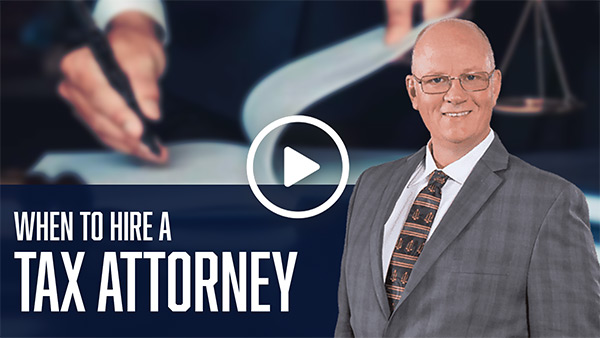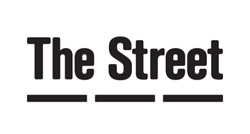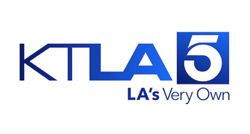
There are a few fundamental questions that must be answered by the business owner needing a buy-sell agreement. The first is how the document will be drafted—for example, what will the terms of the agreement be with the other owners? What about the tax consequences?
Second, how will the price be set? As mentioned elsewhere on this site, determining a price when the business partners have equal bargaining power is crucial. Essentially, there are three main ways to set the price: (a) it can be determined presently, subject to an annual review; (b) the price can be set by formula (either as a multiple of the business’ book value or multiple of the capitalization of the earnings, or a combination of both); or (c) set by an appraisal or arbitration when one of the owners passes away.
The last basic question to be answered is how the buy-sell agreement will be funded. There are three fundamental funding methods: (1) through life insurance, (2) a sinking fund, or (3) with a promissory note. We discuss these in turn.
1. FUNDING A BUY-SELL AGREEMENT WITH INSURANCE
When a business owner dies and there is a buy-sell agreement in place, his interest in the business will be purchased either by the business entity itself, or by the surviving business owners. But how will either the entity or the surviving business owners pay for the decedent owner’s interest if there is insufficient cash flow or liquid assets available? This is where life insurance on a decent owner often comes in handy.
Funding using life insurance should always be considered provided the owners are insurable because the death of an owner invariably leads to a predictable buy sell scenario. Life insurance proceeds can be used to purchase, in whole or in part, the decedent owner’s interest. Typically the decedent owner has a life insurance policy with the proceeds payable to the business itself (as is common in an “entity” buy-sell agreement, also called a “stock redemption” plan) or payable to the surviving owners (as is common with a “cross -purchase” buy-sell agreement). Consequently, much of the burden is taken off of the business and the surviving owners.
The business itself or the surviving business owners then pay the decedent’s estate with insurance proceeds for the value of the deceased business owner’s share of the business. Consequently, the beneficiaries of the recently deceased owner are better off with liquid assets in the estate, rather than a non-liquid, difficult to value, business interest. The estate can then use those proceeds as necessary or desired. For example, they can use the proceeds to pay any estate tax liability that may exist, to make a distribution to the beneficiaries, hold the assets in trust for later time, or purchase insurance to fund another trust.
2. THE BUSINESS ITSELF PAYS THE PURCHASE PRICE
Rather than the decedent owner’s interest being purchased with life insurance proceeds, the business itself may decide to purchase his or her interest directly. Often times a “sinking fund” will be used for this purpose, which is basically a savings fund for the business earmarked for this purpose. Each year that the owners are alive, a certain amount of money is set aside for the purchase of an owner’s interest if he or she were to die. Upon the demise of an owner, the business simply cuts a check to the estate.
There are two main reasons businesses like using sinking funds. (a) First, the business continues to retain the money it sets aside in the event that an owner dies. Business like the idea of having this “extra” cash reserve on the side. That way, if the business needs the money, it can borrow against that account. However, this incentive is reduced by so-called “cash value” feature of many life insurance policies, which have both investment and death benefit components.
(b) Second, if the business owner departs from the business during his lifetime (rather than his death), selling his interest to a third party, the business can “keep” the amount in the sinking fund that was set aside for the purchase of his interest. Like the first concern, however, this benefit is partly reduced because insurance contracts often have a “return of premium” rider. With this rider, all the premium payments are returned (although without interest) if the insurance is not “used” (that is, if the owner does not die prior to the insurance contract termination date). Thus, the business can receive back all its premiums payments, as it would with using a sinking fund.
There are three main reasons businesses dislike sinking funds, and are often disinclined against their use for funding the purchase price under a buy-sell agreement.
(a) First, obviously, it requires the business to set aside some of its current earnings and profits, which the business could use elsewhere.
(b) Second, it places a larger liability on the business that goes well into the future. Usually, the premium of an insurance policy is less than the amount required to be set aside in a sinking fund, a more burdensome expense. While the business might be able to sustain this fund for a few years, it could become cost-prohibitive in the long run. If the owner/insured is in poor health at the time the insurance contract is made, the reverse may be true (i.e. the sinking fund payments are smaller than the insurance premium payments).
(c) Third, using a sinking fund whereby payments are made to it out of the business’ earnings and profits could result in adverse tax consequences. In particular, with each payment, the business is setting aside a larger portion of its “E&P.” When the business retains an amount of its E&P in excess of what the government deems reasonable for the business’ ordinary purposes it imposes an accumulated earnings tax which is currently 15%. Essentially, this tax, the “accumulated earnings tax,” is to encourage businesses to pay dividends to stockholders rather than accumulate assets at the corporate level. Note this is only a problem with C Corporations.
3. PAYMENT WITH A PROMISSORY NOTE
The third option to fund the purchase price under a buy-sell agreement after the death of a business owner is through a promissory note, with installment payments to be made over time. This is the “backstop” solution for a business, when the parties have either not contemplated how the purchase price for the decedent’s business interest would be funded, the sinking fund became unsustainable, or the decedent was uninsurable.
The attorney who drafts the promissory note must keep in mind the potential tax consequences from improperly structuring it. In particular, the note must bear adequate interest, minimally at the applicable federal rate (AFR), otherwise interest will be imputed, with resulting tax consequences to both the promisor and the promisee.
More important than this, however, is to make sure that the family of the recently deceased business owner actually receives payments. How is that accomplished? For starters, the promissory note should be supported by a security interest if the note maker were to default for non-payment to the family/owner’s estate. For example, the agreement could provide that the family has a stock pledge such that if the business (or surviving owners) fails to make payments under the promissory note, the family can regain the stock (or other business interest). However, in the case of a stock redemption, care must be taken to ensure that any pledged stock does not violate the tax rules associated with the redemption. In particular, under a stock redemption, pursuant to IRC Section 303, the decedent is required to “completely terminate” his shareholder interest, but if his estate holds a stock pledge, it is at least arguable by the IRS that the requirements of IRC 303 were not satisfied. Like other aspects to buy-sell agreement planning, these issues should be discussed with your tax attorney.

















